An 18th century monument in Shugborough Hall near Birmingham, UK, bears an inscription consisting of ten letters. This message is one of the world’s most famous unsolved ciphertexts.
Click here for the complete top 50 list
Last year, when I gave a presentation at a conference in Birmingham, UK, I took the chance to take a side-trip to Shugborough Hall, a stately home near Great Haywood, Staffordshire, which is today a tourist attraction (thanks to Gordon Rugg for taking me there).
Shugborough Hall is the home of a famous crypto mystery. However, this is not the main reason why people go there. Most tourists are simply charmed by the nice buildings and the large park surrounding them. There’s no doubt that Shugborough Hall is a beautiful place. The architecture of the following garden cottage shows a Greek influence:
The crypto mystery that brought me to Shugborough Hall is located on a folly named “Shepherd’s Monument”. Compared to other buildings on the estate, Shepherd’s Monument doesn’t look very spectacular.
Here’s a closer view at Shepherd’s Monument:
Shepherd’s Monument was built sometime between 1748 and 1763. In it’s center a relief ressembling Nicolas Poussin’s painting The Shepherds of Arcadia is located. It shows a woman and three shepherds, two of whom are pointing to a tomb. On the tomb is carved the Latin text “Et in arcadia ego” (“I am in Arcadia, too”). The carving displays a number of small alterations from the original. An extra sarcophagus has been placed on top of the main tomb.
And now we’re getting to the crypto mystery. Below the relief ten letters are carved, eight on the first line, two on the second line:
Here’s a trancription of the cryptogram:
O·U·O·S·V·A·V·V D· M·
Here are the ten letters viewed up-close:
It is not known what these ten letters mean.
Numerous investigators have occupied themselves with the Shugborough encryption. Some have even suggested solutions. However, there is no accepted explanation to date. A Shugborough Hall spokesman once said: “We get five or six people a week who believe they have solved the code.”
Some alleged solutions are acrostic, interpreting each letter as the initial letter of a word. In 1951 some Morchard Bishop suggested that the letters might be an initialism for the Latin phrase “Optimae Uxoris Optimae Sororis Viduus Amantissimus Vovit Virtutibus” (“Best of wives, Best of sisters, a most devoted Widower dedicates (this) to your virtues”). Another acrostic interpretation leads to the sentence “Orator Ut Omnia Sunt Vanitas Ait Vanitas Vanitatum” (“Vanity of vanities, saith the preacher; all is vanity”). There are many other proposed solutions of this kind, but none of them has ever been proven to be correct.
Last year I introduced a hypothesis from Dave Ramsden, who suggested that the “D. M.” in the inscription stands for “Dis Manibus”, while the eight-letter inscription is a cipher concealing the name “Magdalen”. Ramsden has even published a book about his explanation. However, to me it looks as speculative as all the others I have seen so far.
In spite of all the decryption efforts the Shugborough inscription is still a mystery. Maybe a reader has an idea how to solve it.
Follow @KlausSchmeh
Further reading: Who can break this enciphered letter written by Albrecht von Wallenstein?
Linkedin: https://www.linkedin.com/groups/13501820
Facebook: https://www.facebook.com/groups/763282653806483/

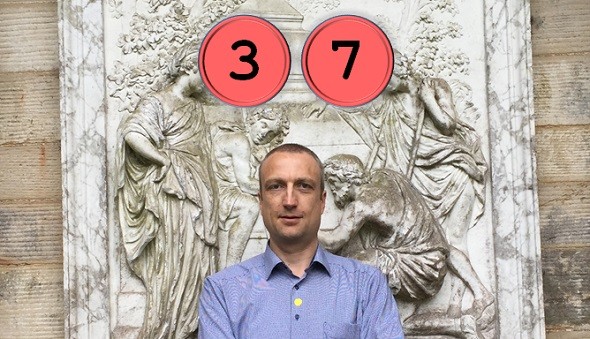
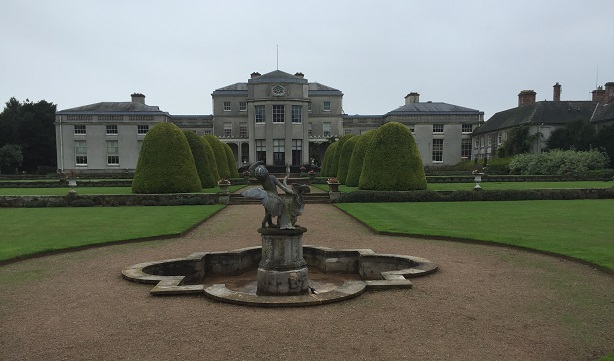
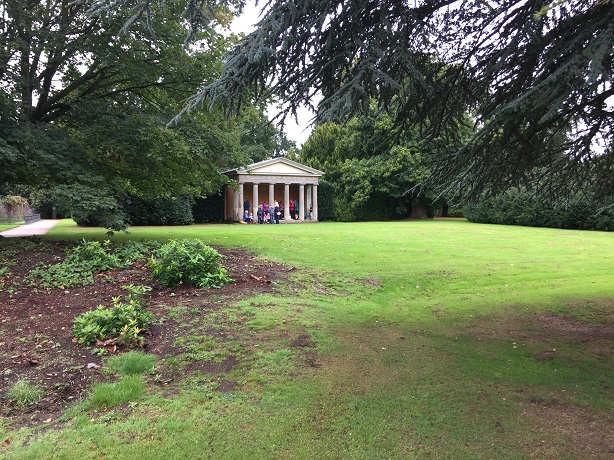
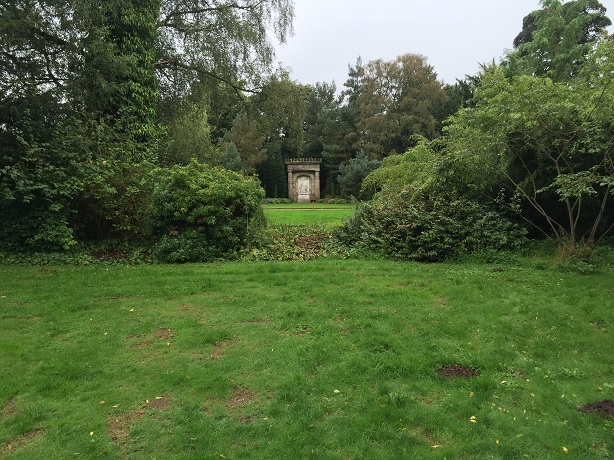
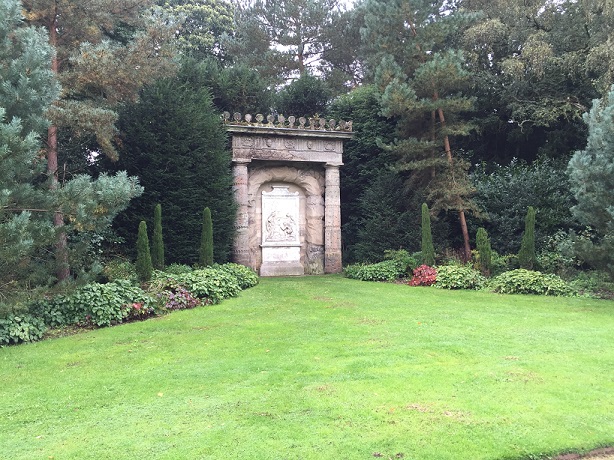
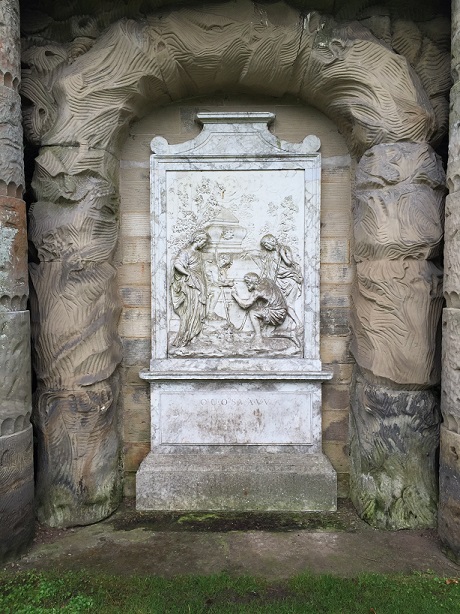
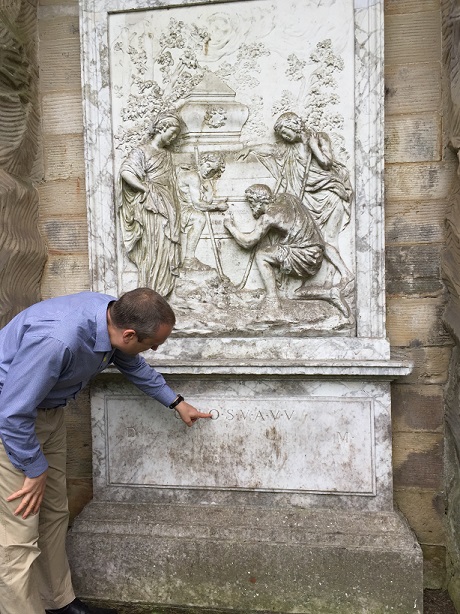


Kommentare (12)